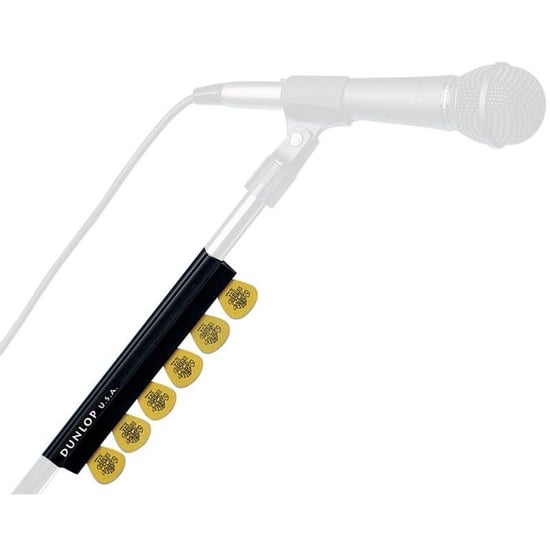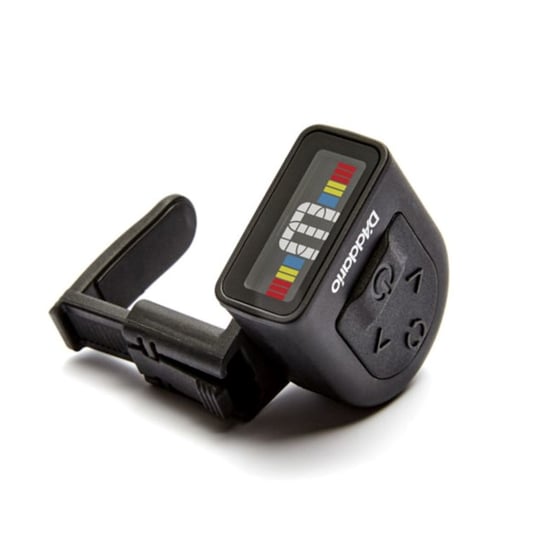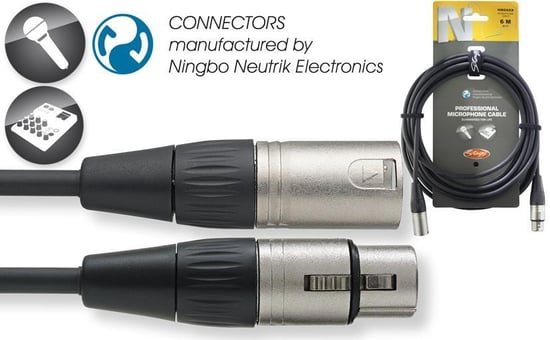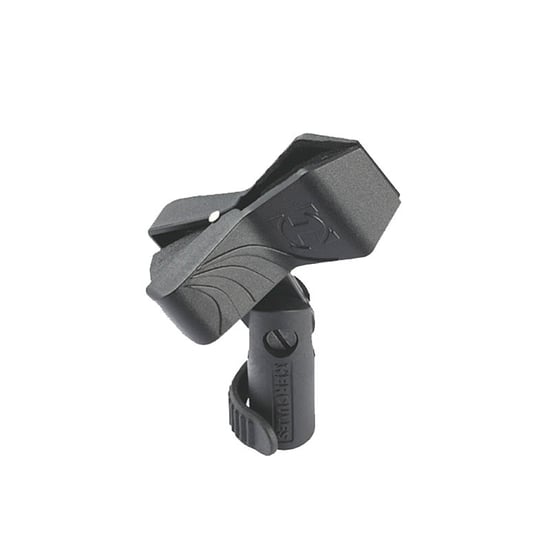Neumann U 87 Ai Stereo Microphone Set, Nickel Overview
Neumann U 87 Ai Stereo Set, Nickel
The Neumann U 87 Ai Stereo Set, Nickel consists of a matched pair of the absolutely legendary Neumann U 87 Ai large diaphragm microphons - probably the single industry standard studio mic the world over - along with a pair of EA 87 shock mounts to use them with, all contained in a hard-wearing protective case to protect your investment.
THE GOLD STANDARD
The Neumann U 87 Ai is probably the best-known and most frequently used studio microphone the world over. Its smooth and refined sound is as iconic as its elegant exterior design. The U 87 Ai is the standard microphone for speech and vocals. Three polar patterns plus pad and low cut options make it adaptable to a wide range of applications.
OMNIPRESENT YET UNIQUE
The Neumann U 87 Ai is a true legend. Introduced in 1967, it has shaped the sound of countless hit records for the past 50 years. And when those hits were announced on the radio, many a DJ sat before a U 87 Ai. The legend continues: To this day, no professional recording studio is complete without a Neumann U 87 Ai.
The U 87 Ai is the epitome of a large diaphragm condenser microphone. Its tapered body and iconic headgrille design have become part of the collective consciousness: This is what a studio microphone looks like. The same is true of its sound: The U 87 Ai represents studio quality; it has become the gold standard by which other microphones are measured.
What sets the U 87 Ai apart is its unique combination of linearity and character. Although its on-axis frequency response is remarkably flat, it does exert certain charisma. It just sounds right! This makes the U 87 Ai both versatile and instantly recognizable.
CLASSIC NEUMANN ENGINEERING
Technically speaking, the U 87 Ai is a traditional design whose timeless formula has remained unchanged for decades. The U 87 Ai uses the same dual diaphragm condenser capsule design as its predecessor, the no less legendary U 67 of the early 1960s. Its head amplifier, too, is based on the same design principles as its tube driven predecessor, but the U 87 Ai realizes them by means of a unique FET circuit with a minimal signal path and a transformer balanced output, ensuring maximum signal integrity and high common mode rejection.
The result is a studio microphone of unmatched clarity. Its natural sound and unique midrange presence make the U 87 Ai the ultimate vocal microphone, praised by singers and engineers alike, as well the prime choice for speech applications, such as voice over, dubbing, and audio books. Due to its balanced response in each of its three directional patterns, the U 87 Ai is also a versatile microphone for anything from acoustic guitar to drums overheads. Due to its solid bass response and excellent midrange detail, it is often seen in front of bass and guitar cabinets. For classical recordings, the U 87 Ai is frequently used as a spot mic for soloists, e.g. cello. A stereo pair of U 87 Ais is the preferred choice of many engineers for recording piano in virtually any genre from pop and jazz to classical music.
- The U 87 presents a wide range of features and versatility that make it to one of the most desirable mics available. Our users are recognising the microphone immediately by its distinctive design. Well-known for its warm and well balanced characteristics - your perfect choice as vocal microphone for all types of music and speech. The usage as main microphone for orchestra recordings or as spot mic for single instruments make it the most general-purpose microphone - in studios, for broadcasting, film and television.
- The U 87* is equipped with a large dual-diaphragm capsule with three directional patterns: omnidirectional, cardioid and figure-8. These are selectable with a switch below the headgrille.
- A 10 dB attenuation switch is located on the rear. It enables the microphone to handle sound pressure levels up to 127 dB without distortion.
- Furthermore, the low frequency response can be reduced to compensate for proximity effect.
- The U 87 Ai condenser microphone is a large diaphragm microphone with three polar patterns and a unique frequency and transient response characteristic.
- Users recognize the microphone immediately by its distinctive design. It is a good choice for most general purpose applications in studios, for broadcasting, film and television.
- The U 87 Ai is used as a main microphone for orchestra recordings, as a spot mic for single instruments, and extensively as a vocal microphone for all types of music and speech.
- The U 87 Ai is addressed from the front, marked with the Neumann logo. The frequency response of the cardioid and figure-8 directional characteristics are very flat for frontal sound incidence, even in the upper frequency range. The microphone can be used very close to a sound source without the sound becoming unnaturally harsh. By means of a high-pass filter interferences through subsonic and low frequencies are reduced remarkably.
- The dual-diaphragm capsule is elastically mounted and protected by a large headgrille. A switch below the headgrille selects the three directional patterns: omnidirectional, cardioid and figure-8. A window above this switch shows the symbol of the selected characteristic.
- The letter A in the name indicates a more recent generation, as compared to the U 87 i microphones that were built from 1967 to 1986. Modifications apply to the electronic components of the microphone only; the capsule remained unchanged.
- The present-day circuitry increases the operational headroom of the U 87 Ai by supplying the bias voltages for the capsule through a reduced resistance. The result is a higher sensitivity of 10 dB for identical sound pressure levels, and an improved S/N ratio of 3 dB.
- A switch located at the rear attenuates the sensitivity by 10 dB. When this switch is activated, the microphone accepts sound pressure levels up to 127 dB (equivalent to a sound pressure of 45 Pa) without distortion.
- An additional switch at the rear allows to change the microphone's cutoff frequency. This reduces low frequency interference directly at the input of the microphone amplifier.
- This setting also compensates for the unavoidable bass boost that occurs with all pressure gradient transducers when they are used at close distance (proximity effect).
- The cardioid characteristic maintains a smooth frequency response at a distance of 30 to 40 cm, the figure-8 characteristic even at a distance of 15 to 20 cm.
- *The design of the microphone is a registered design of the Georg Neumann GmbH in certain countries.
- Variable large diaphragm microphone
- Pressure-gradient transducer with double membrane capsule
- The studio microphone classic
- Three directional characteristics: omni, cardioid, figure-8
- Switchable low frequency roll-off
- Switchable 10 dB pre-attenuation
- Ideal as main and as support microphone in the most differing recording situations













































